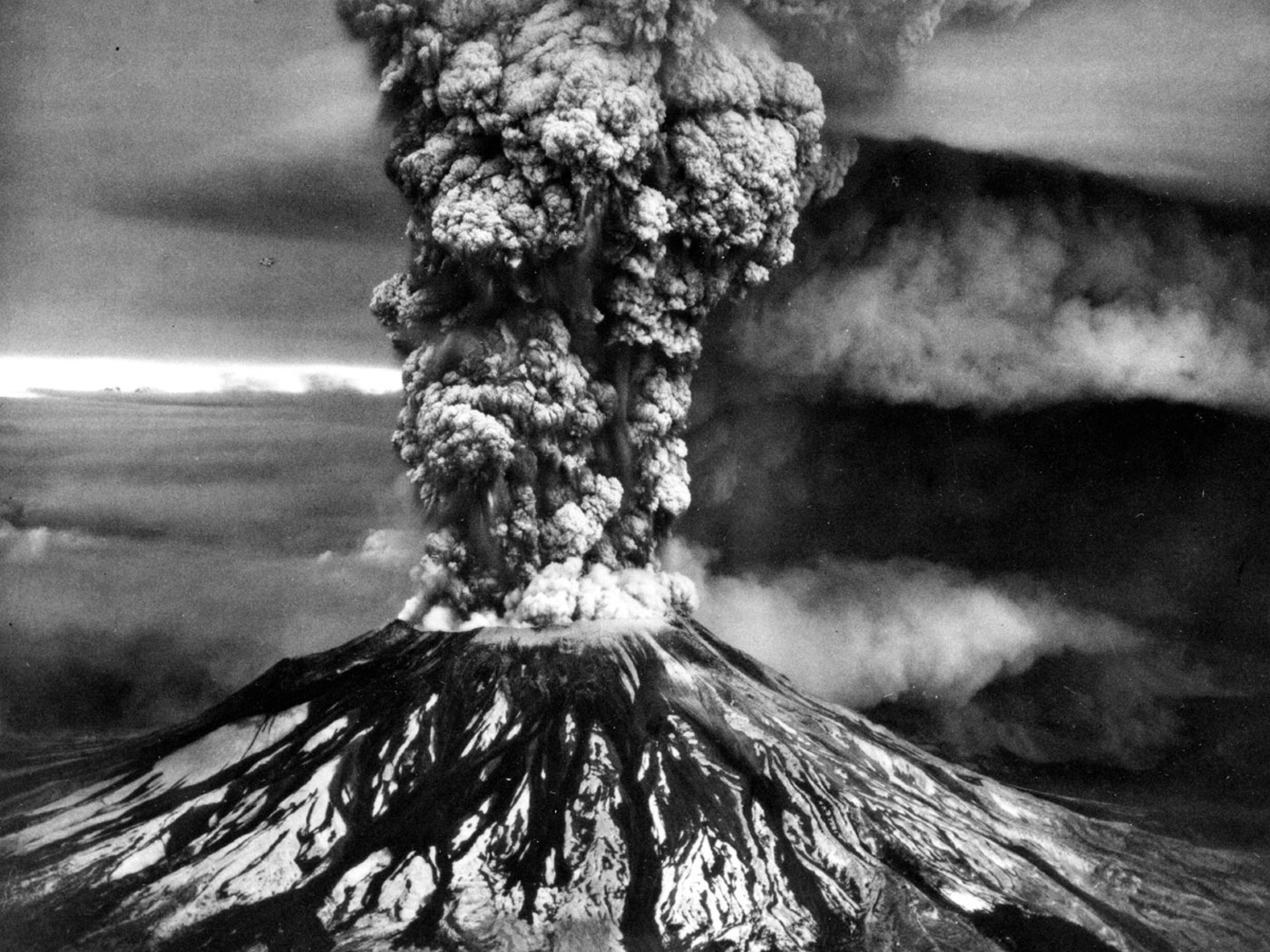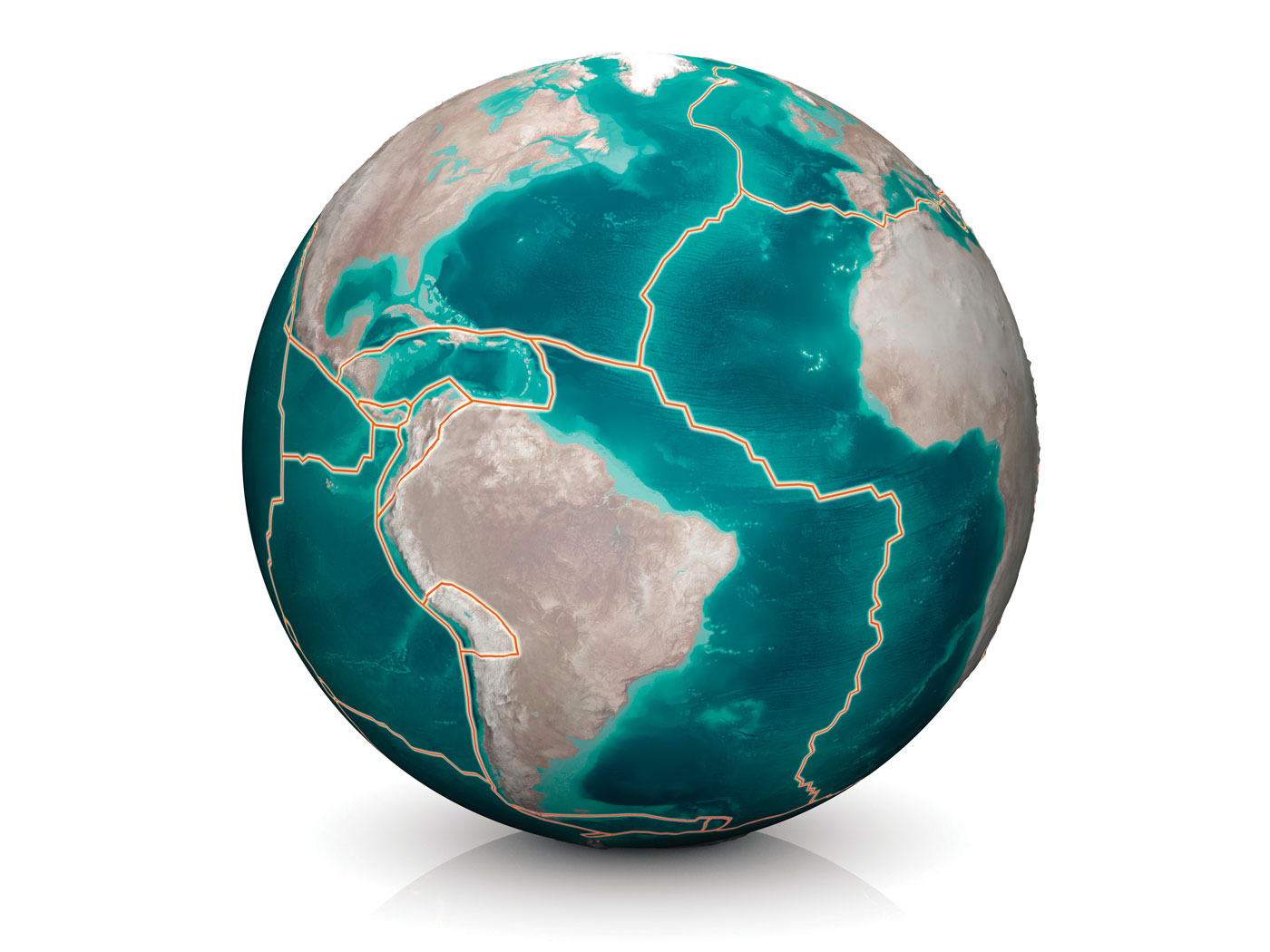God chose to fill the earth with different kinds of life. All over the world, we see His providence demonstrated in ecological systems. Different creatures live in a variety of habitats, interacting with one another and a mix of geophysical factors—like rain, rocks, soil, wind, and sunlight. But why does this happen? And how does it happen? These two questions are at the heart of ecology science—the empirical study of creatures interactively living in diverse “homes” all over the world.
Why did God design earth’s biodiversity the way that He did?
Two words summarize the answer: life and variety. Even in this after-Eden world, cursed and groaning as it is under the weight of sin and death, we still see a prolific and diversified creation.
God loves life. God is the essence and ultimate origin of all forms and levels of life.1
God loves variety. God’s nature is plural, yet one, and He is the Creator of all biological diversity anywhere and everywhere on earth.2
Because God loves life and variety, we can understand why God favors different kinds of life forms, causing them to be fruitful—increasing their populations generation after generation. But other than God’s provision for humans—who are unique as God’s image-bearers, and who thus live out an altogether distinct ecological “story”3—how does God provide for all kinds of plants and animals to interact as differently as they do on the earth?
Obviously, God cares for plants such as lilies, field grass, and trees4 and animals such as ravens and sparrows.4, 5 Yet the big question for creation ecologists is this: How has God programmed and implemented His providential care for plants and animals to simultaneously ensure the success of their population growth and their biodiversity?6, 7
For creatures to successfully “fill the earth,” there must be both population growth and creature diversity within a geographical context—the earth. But is filling the earth merely a matter of proportionate distribution of the same animals and the natural resources that they need everywhere?
No.
Obviously, more resources are needed as populations increase, and biogeographical dispersion (i.e., animal populations spreading out into different territorial or migratory ranges) increases efficiency in vital resource access and consumption. But biogeography is much more complex than mere population dispersion because God in His wisdom designed many types of life forms, as demonstrated in both animals (including microbes) and plants.2, 8
Different Homes for Different Folks
Different types of habitats all over the planet collectively host an ecological smörgåsbord of alternative habitat opportunities. Consider how the following three examples of very different habitats are filled by aptly “fitted” creatures—providentially prepared creatures living in providentially prepared places.
1. Polar ice-dominated lands and super-cold oceans present a chilling challenge to animals seeking a home. However, cold-water creatures such as penguins and notothen fish (“cod icefish”) have antifreeze glycoproteins in their blood and other body fluids, enabling them to tolerate the icy (sometimes below 0º Centigrade!) temperatures of Antarctica’s coastal waters. Ice worms survive on Alaskan glaciers. Some types of cold-tolerant insects “contain a type of anti-freeze in their bodies, while Alaskan midge larvae can be frozen and thawed over and over without apparent damage.”9
2. Deserts, always arid and often super-hot, pose a torrid threat to most life forms. How can anything survive in such scorching heat with almost no water? Many desert denizens—such as scorpions, lizards, and snakes—burrow underground or hide under rocks, evading the blazing daytime heat, emerging only at dawn, dusk, or night to hunt or forage. Water is another challenge:
Desert creatures have a variety of ways of coping with the lack of water: by not sweating, for example, or producing very concentrated urine. The addax, a large Saharan antelope, gets all its water from its food, so never needs to drink.…The thorny devil [Moloch horridus], a spiny Australian lizard, soaks up water from damp sand through special scales. Camels regulate their body temperature to conserve water reserves.10
3. Tidal coastlines alternate between dry shoreland and wet saltwater, requiring that resident life forms tolerate salinity, water immersion fluctuations, and other repeatedly changing conditions.
Intertidal plants and animals must contend with a wide variety of environmental stresses. Twice daily they tolerate submersion and exposure to air and sunlight. Storms with crashing waves threaten to rip organisms off their substrates....Ice scrapes creatures off exposed rocks and freezes shallow tide pools, trapping the inhabitants....In summer heat [tidewater] animals can suffocate, since warm water holds less dissolved oxygen….Shallow tide pools have the widest range of salinity, as rain dilutes or the sun evaporates the water….Despite all these [challenging habitat] difficulties, intertidal rocks are crowded with creatures competing for food and shelter.11
Many more examples exist. Marmots make a modest living above timberline in the windblown and mostly cold arctic or alpine tundra. Sponges use filter-feeding to acquire underwater food in coral reefs. Chasmophyte plants bravely survive rugged conditions on limestone Mediterranean cliffs and gorges, despite thin soil, little water, and excessive daytime heat. Salmon (and steelhead trout) begin life in freshwater streams, survive a shocking salinity change as they migrate to oceanic saltwater, and then brave a reverse version of salinity shock as they return to their native freshwater streams to reproduce. Upper-story epiphytes in tropical rainforests survive the extreme heat and the threat of dehydration by closing their ventilation pores during the day and opening them only at night to conserve the moisture they need.
Ecologically speaking, all of life exists in a dynamic (not static) situation—always—because habitats constantly change over time. These changes are due to a mix of geophysical factors (climate changes, hurricanes, earthquakes, soil erosion, desertification, fires, volcanic eruptions, avalanches, changes in salinity or soil pH, etc.) and are also due to the impact that these living things have on their respective habitats.
Thinking God’s Thoughts After Him
In order to have a biosphere (a planet that hosts life forms) where different kinds of plants and animals survive and thrive, God had to “solve” what we humans would consider a “problem” (but it was no problem for God): What conditions on earth would be needed to facilitate both the population growth and the biodiversity of creature kinds?
Some ecological conditions might work for a world full of just a few kinds of animals and/or plants, but God did not want a monotonous planet. So He designed an earth that could and would host a huge variety of life form kinds. Befitting God’s own divine essence—the ultimate source of (and ultimate logic for) all created life and variety—God’s panoramic plan was for many different kinds of creatures to populate and fill His earth. And because He loves beauty, God even chose to integrate His eye-pleasing artistry into the variety of His creatures and the wide array of their respective habitats.12
Where Do We Go from Here?
This temporary earth, however, is passing away (Romans 8:18-22). God has planned for a new earth after Christ returns in glory (2 Peter 3:1-13). Meanwhile, at death, believers in Christ Jesus will discard their obsolete earth-suits, and like terrestrial caterpillars metamorphosing into airborne butterflies immigrate to Heaven, a prepared place (with many mansions) for a prepared people.13
Yet even in this mortal life—thanks to God’s providence—we are a prepared people living in a prepared place (with many dwelling places): Earth, our temporal home. And this same earth—thanks, again, to God’s providence—is also a prepared place for all of God’s prepared creatures, great and small.
Surely God’s detail-rich provisions for these little creatures—even “simple” sparrows—should encourage us to appreciate His providential care, tailored for each one of us who uniquely bears our Creator’s image and who has received God’s gift of redemptive life in Christ:
I sing because I’m happy, I sing because I’m free, His eye is on the sparrow, and I know He watches me.14
References
- Genesis 1–9, especially 9:1–7. See also Job 38-42; Exodus 3:14–15; John 1:1-14; 1 John 1:1, 5:20-21.
- Johnson, J. J. S. 2012. Valuing God’s Variety. Acts & Facts. 41 (9): 8-9.
- Jonah was rebuked by God for failing to recognize that human beings, even wicked Ninevites, were worth more to God than the ephemeral plant life that Jonah appreciated (Jonah 4:5-11).
- See Matthew 10:29-31; Luke 12:4-7 (sparrows); Luke 12:22-28 (ravens, lilies, and grasses). Regarding food-producing trees, see Deuteronomy 20:19-20.
- Tada, J. 1992. When Is It Right to Die? Grand Rapids, MI: Zondervan, 23-25, as quoted in J. Stott. 2001. The Birds Our Teachers: Biblical Lessons from a Lifelong Bird Watcher. Grand Rapids, MI: Baker Publishing Group, 38.
- God’s providential care of plants and animals (not to mention His microbial “creeping things”) is His implementation, in time and space, of what Dr. Randy Guliuzza has described as “programmed filling”—the reality of God’s created life forms complying with God’s command that they be fruitful, multiply, and fill the earth. Guliuzza, R. 2011. Darwin’s Sacred Imposter: The Illusion That Natural Selection Operates on Organisms. Acts & Facts. 40 (9): 12-15.
- Guliuzza, R. 2010. Discovering Life’s Complex Patterns of Design. Acts & Facts. 39 (7): 10-11. See also Jeanson, N. 2013. Is Evolution an Observable Fact? Acts & Facts. 42 (1): 20.
- Johnson, J. J. S. 2010. Survival of the Fitted: God’s Providential Programming. Acts & Facts. 39 (10): 17-18.
- Milner, C. 1994. Tundra and Polar. In Habitats. Tony Hare, ed. Englewood Cliffs, NJ: Prentice-Hall, 35.
- Oxley, R. and C. Downer. 1994. Deserts. In Habitats. Tony Hare, ed. Englewood Cliffs, NJ: Prentice-Hall, 115.
- Day, C. 1987. Life on Intertidal Rocks. Berkeley, CA: Nature Study Guild, 9-10.
- Catchpoole, D. 2012. Autumn Leaves Don’t Fall (by Accident). Creation. 34 (4): 12-13.
- See John 14:1-6, especially vv. 2–3.
- Martin, C. 1905. His Eye Is on the Sparrow.
* Dr. Johnson is Associate Professor of Apologetics and Chief Academic Officer at the Institute for Creation Research.
Cite this article: Johnson, J. J. S. 2013. God Fitted Habitats for Biodiversity. Acts & Facts. 42 (3): 10-12.












